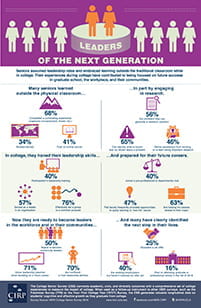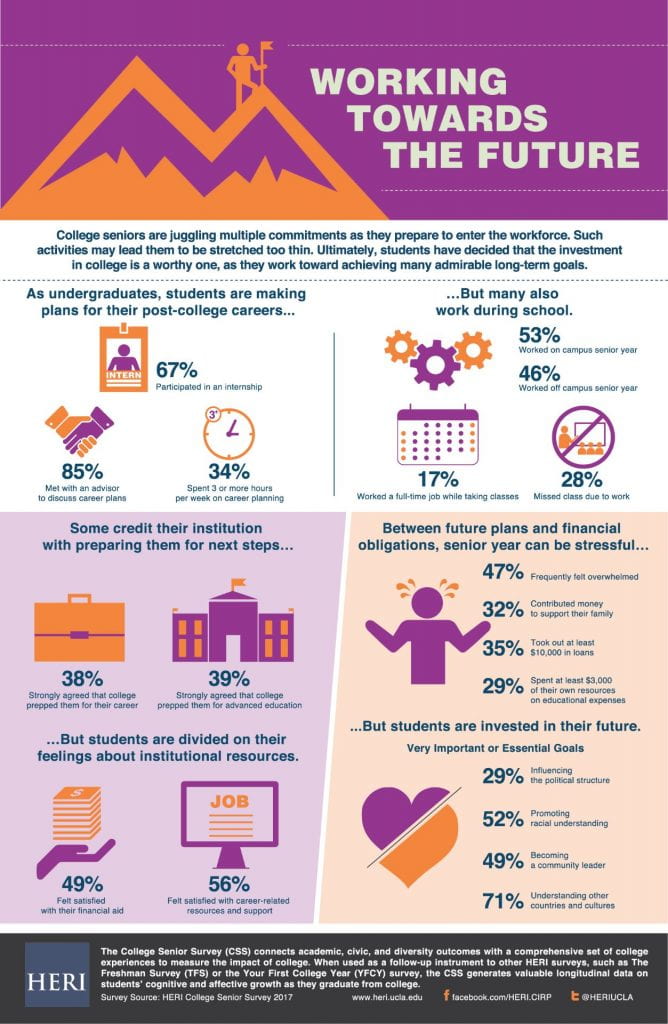At Belhaven, online courses are developed by content-area experts and follow a set formula or protocol. Professors who teach in this environment often wonder how to incorporate their knowledge and personality into every course they teach. What practical strategies can you implement to help you maintain your passion for teaching?
Personalize the Learning Experience
Belhaven’s online courses are pre-developed, but you can still personalize the learning experience. Here are some ways to infuse your personality and expertise into the online classroom:
- Add Supplementary Materials: Enhance the course with supplementary resources such as articles, videos, or case studies that align with your teaching style and expertise. If you’ve taught the course before, you know where students tend to struggle with the content or assignments. You can highlight these areas in your course announcements and upload additional links or files to help your students master the material.
- Create Discussion Prompts: Most courses contain pre-prepared discussion prompts that students must address, but you can add to this discourse. When you hold Zoom meetings with your class, ask questions that encourage critical thinking and foster lively debates incorporating your unique perspective and insights. REMEMBER – you can grant your students full credit for the week’s written discussion posts if they participate in that week’s Zoom meeting. If you give them credit, please put a comment into SpeedGrader stating that the requirement for that assignment was met via Zoom participation.
- Share Personal Stories: Relate course content to your experiences, creating a more engaging and relatable learning environment. Again, this can be accomplished through course announcements or Zoom meetings.
Foster Student Engagement
Everyone knows that students must be engaged with the course material before they have a chance to learn that content. Here’s how you can enhance student engagement:
- Use Interactive Tools: During Zoom meetings, you can incorporate interactive elements like polls, quizzes, and online games to encourage participation and interaction. You can set up no-stress games and quizzes using Kahoot, Socrative, or other platforms. During your meeting, have your students log into one of these sites, answer the question, and then share your screen to show everyone the class response and trigger great discussions!
- Offer Real-World Applications: “Why do I have to learn this?” That’s a question from students that teachers grow to hate. What is the connection between the concepts you teach and real-world applications of that content? Making this connection for students will help make the content more relevant and engaging.
- Encourage Peer Collaboration: Prior to the start of your course, you can organize your assignments to allow students to work together in groups. The October 4 Faculty Development Zoom meeting will explain setting up these groups. Especially if your class enrollment is large, subdividing students into smaller groups will promote student interaction and collaborative learning.
Continuously Refine Your Teaching Approach
Teaching online in pre-designed courses doesn’t mean you have to remain stagnant. Keep refining your teaching approach:
- Collect Student Feedback: Your students complete the TEBS report at the end of the course. This feedback instrument lets students provide input on your effectiveness as an instructor and on the effectiveness of the course in achieving the course goals. But – this feedback is only shared with you after your course ends. Regularly soliciting feedback from your students as you teach the course can help you identify areas where your personal touch can enhance the learning experience. While your course is still running, ask your students for specific suggestions about how the course can be improved and how you can improve your instructional techniques.
- Professional Development: Stay updated with the latest trends and technologies in online education through professional development opportunities, webinars, and workshops.
- Reflect and Adapt: Based on feedback from your students and the formal TEBS reports, reflect on your teaching methods, identify what’s working well, and adjust as needed to align with your teaching philosophy. Student comments on the TEBS reports can be a great place to start your reflection. Because the TEBS report is anonymous, students have the ability to be very honest in their feedback, both positively and negatively.
Connect with Your Online Learning Community
Online teaching can sometimes feel isolated, but you’re not alone. Connect with other online professors for support and inspiration:
- Collaborate with Colleagues: Reach out to colleagues who teach similar courses or in the same discipline to share ideas, resources, and best practices. If a course has multiple sections with multiple professors, consider working together to offer combined-class Zoom meetings for your students. Collaborate on how to assess student assignments, share announcements, and work together to help make courses equivalent.
- Join Online Educator Networks: Participate in online forums, social media groups, or professional organizations dedicated to online teaching.
- Attend Virtual Conferences: Explore virtual conferences and webinars focused on online education to network with peers and gain fresh insights.
These are just a few ways to infuse your expertise, creativity, and passion into your online courses. Incorporating these four strategies into your teaching can reignite your passion for teaching and provide your students with a m
Disclaimer: ChatGPT was used to help develop the outline for this blog.





